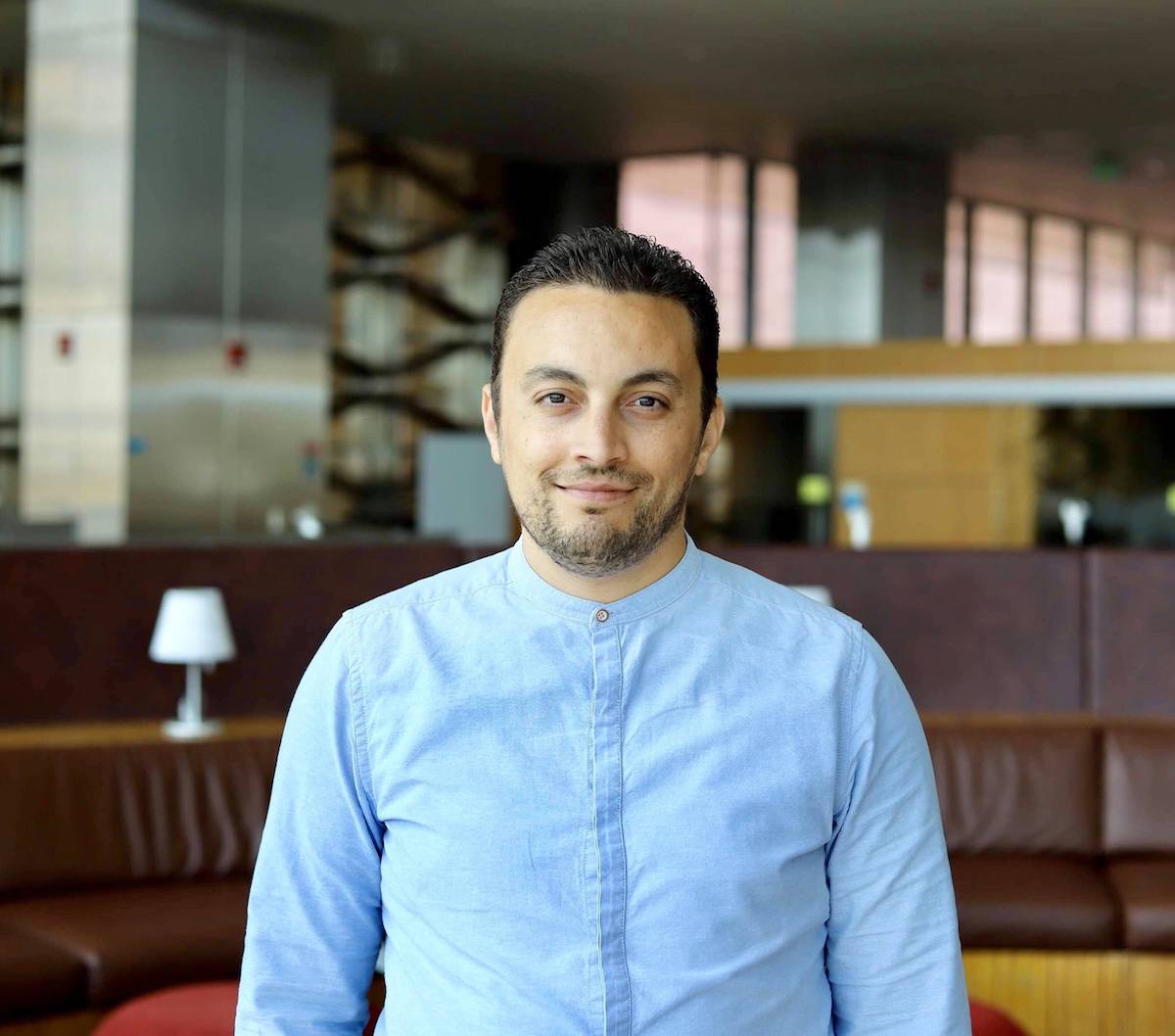KAUST Ph.D. student wins Society for Industrial and Applied Mathematics award

KAUST Ph.D. student Chiheb Ben Hammouda won a best poster award at the recent Society for Industrial and Applied Mathematics Conference on Financial Mathematics & Engineering. Image courtesy of KAUST CEMSE division.
By David Murphy, KAUST News
Chiheb Ben Hammouda, a KAUST Ph.D. student in the University's Stochastic Numerics Research Group, recently won the best poster award at the Society for Industrial and Applied Mathematics (SIAM) Conference on Financial Mathematics & Engineering (FM19) held at the University of Toronto from June 4 to 7. His winning poster, titled "Hierarchical adaptive sparse grids and quasi-Monte Carlo for option pricing under the rough Bergomi model," is one of several research projects carried out by Ben Hammouda under the supervision of KAUST Professor Raul Tempone.
With a focus on research and practice in financial mathematics, computation and engineering, FM19 brought together mathematical scientists, computational scientists and researchers in finance and economics to build collaborations in the use of mathematical and computational tools in quantitative finance.
"For me, [the SIAM conference] was an opportunity to present our work; learn from financial experts from industry and academia about recent advances in mathematical finance; and also detect the current hot areas of research in this field with higher impact in the future,'' Ben Hammouda stated.
"Winning the best poster award at such a significant conference comes as a recognition of the high quality of the research that we produce in KAUST—and in particular in our research group," he said. "In fact, some of the numerical methods that we use in this promising work were a continuation of methods developed by some members of the Stochastic Numerics Research Group."
Creating novel and efficient numerical methods for pricing derivatives
Ben Hammouda's winning poster is based on the Stochastic Numerics Research Group's design of new efficient numerical methods for pricing derivatives under the revolutionary model in mathematical finance called the rough Bergomi model. The rough Bergomi model depends on only three parameters, and yet it is proven to be one of the best models mimicking market behavior. However, the model exhibits several numerical and theoretical challenges, implying classical numerical methods for pricing under the model being either inapplicable or computationally expensive due to the lack of regularity and high dimensionality.

KAUST Professor Raul Tempone (pictured) supervises Ph.D. student Chiheb Ben Hammouda's research work. File photo.
"The novelty and the contribution that we bring to this field is that we propose new pricing methods by combining smoothing techniques to uncover the available regularity in our problem and also hierarchical representations to overcome the high dimensionality that we face," he continued. "Our new methods are based on the adaptivity paradigm, sparsification and numerical smoothing techniques."
A research journey
Before joining KAUST in 2013, Ben Hammouda's research career began in Tunisia, where he completed his bachelor's degree in multidisciplinary engineering at Ecole Polytechnique de Tunisie. He then obtained his master's degree in applied mathematics in 2015. His research interests focus on stochastic modeling, computational finance, option pricing and numerical simulation and analysis. Ben Hammouda is interested in developing efficient hierarchical stochastic methods for pricing derivatives and designing new algorithms based on multilevel Monte Carlo to solve problems present in computational biology and based on stochastic network theory.
Ben Hammouda described his research journey at KAUST as a time during which he strengthened his skills to connect the "beauty of mathematical descriptions to a thorough understanding of the principles of finance and physics."
"I am a person [who] sees any challenge as an opportunity and tries to grow as much as I can through what I go through," he said. "This helped me—along with the continuous support of my current mentor, Professor Raul Tempone—to grow and progress academically and personally during my nascent research career. Being within a nice and diverse research group—where all the backgrounds from industry to the theoretical side are represented—helped me to realize that theory and practice are two halves of a whole."
"I have been blessed by the research experience I have enjoyed at KAUST, and I hope that in the future, I [will] use it to contribute to solving some of the greatest challenges facing humanity," he added.

